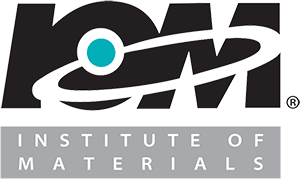“The Use of the Scanning Brookfield Technique to Study the Critical Degree of Gelation of Lubricants at Low Temperatures”
Presented at SAE International Congress and Exposition, Detroit, MI - 1991
1991
Written by T.W. Selby, Savant Inc.
-- SAE International Congress and Exposition, Detroit, Michigan, February 28, 1991; SAE Paper #910746,
Abstract: Scanning Brookfield Technique (SBT) studies have provided the background for a new concept in rheological characterization of gelation in lubricating oils at lower temperatures. Using the typical SBT temperature/viscosity range, the concept requires calculation of the first derivative of the MacCoull/Walther/Wright empirical equation. The derivative values show peaks at the temperatures at which gel formation begins and these peak heights, which are termed the Gelation Index, are shown to correlate with values of yield stress from the literature. They are also shown to correlate with the presence and severity of air-binding pumpability failure in the field and in the ASTM Pumpability Studies. In regard to the latter, the study shows that the Scanning Brookfield Technique seems to be the only widely used pumpability technique to correctly predict air-binding engine response to oils which gelate below -20°C since it is the only ASTM method to impose the slow-cooling conditions necessary for gel formation below that temperature.




